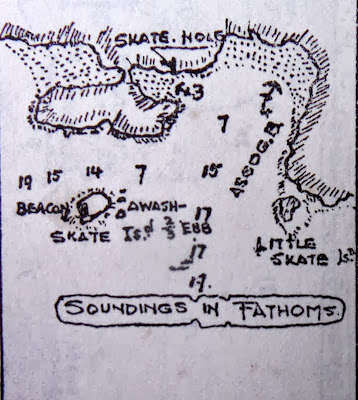This year has really opened my mind to the concept of
community recreational rowing in all its aspects.
At the start of the year I was involved as one of the
builders of the Isle of Seil’s Selkie, but didn’t imagine that I’d get involved
in actually going out in her. How wrong I was.
Scottish Coastal Rowing is enjoying an explosive expansion, with
24 clubs in Scotland, about 60 skiffs on the water and a couple of dozen more
in build. There could be six on the water in mid-Argyll alone next year and our
local waters are much more favourable than those on the East coast.
Last weekend the Selkie was in action for sprint races on
Loch Venachar, the closing event of the SCRA calendar. We did quite well, given
that our average age was a little more than some of our competitors.
 |
| The Selkies, before they stripped down for the race. |
An interesting aspect of the skiffing is its appeal to
women. Throughout the country ladies teams are out there in all weathers
keeping fit and enjoying themselves. The Isle of Seil provided mixed and ladies
crews but didn’t manage to put a men’s team on the water.
 |
| Our coxes can be male though! |
The picture at the top shows that our ladies were putting their
backs into the job too. For most of us when we start skiffing our previous
experience has been paddling rubber ducks or at best sculling wee blunt
tenders, where you can’t stretch out. Those techniques almost have to be
unlearned, meaning that folk with no previous experience at all can perform on a skiff just as well or better than old hands.
Occasionally we’ve shipped along newcomers with previous on
rowing machines in gyms. Once they’ve overcome their fear of being outdoors they’ve
done very well.
On Seil we’ve met some (usually men, I’m afraid) who object
to being coached and come up with remarks like “of course I can row, it’s just
like walking”. The truth is vastly different. Rowing with a single long oar
engages the whole body. After a session newcomers feel it mainly in their upper
and lower backs and legs.
In all its numerous aspects, involving communities, promoting
healthy exercise, keeping traditions going and just having fun coastal rowing
is one of the best things happening in Scotland today.
If you’re reading about skiffing for the first time please
visit www.scottishcoastalrowing.org and www.seilskiff.org.uk.












